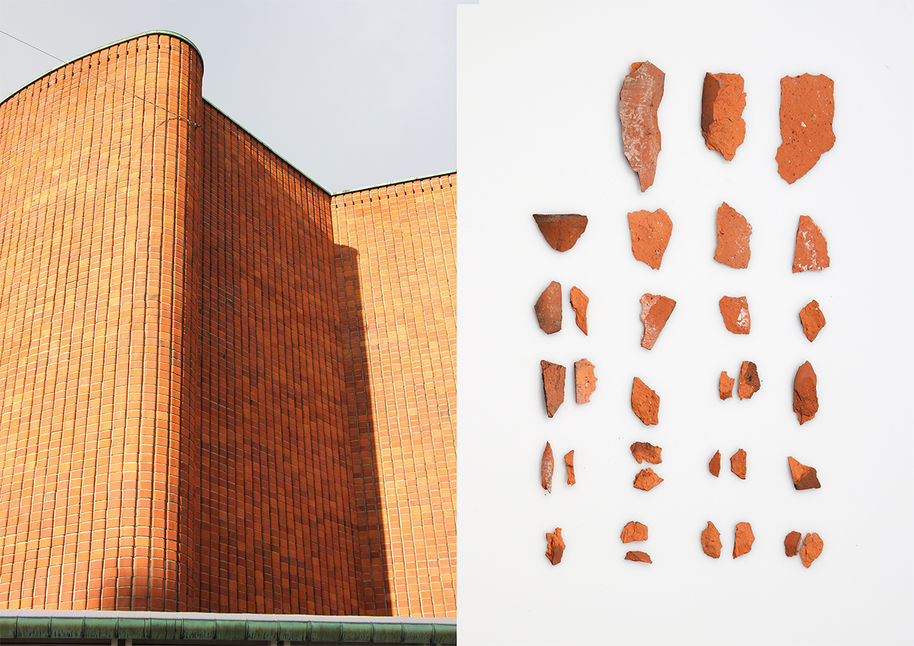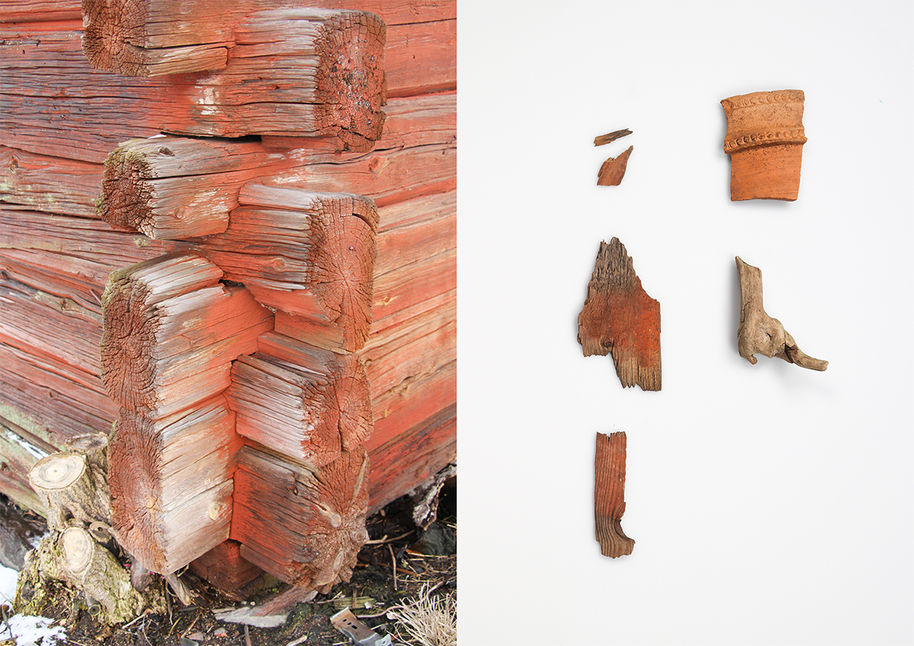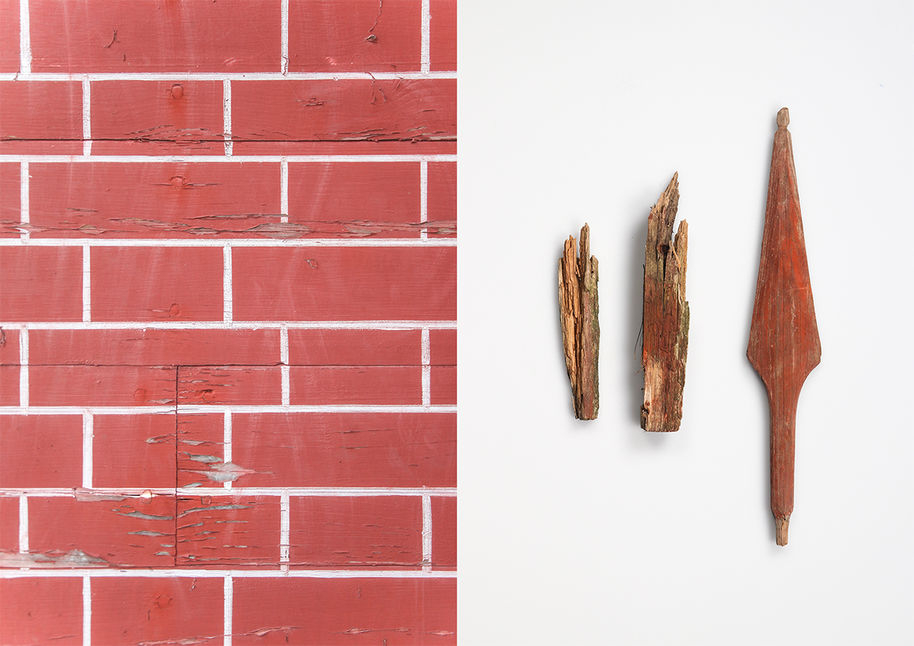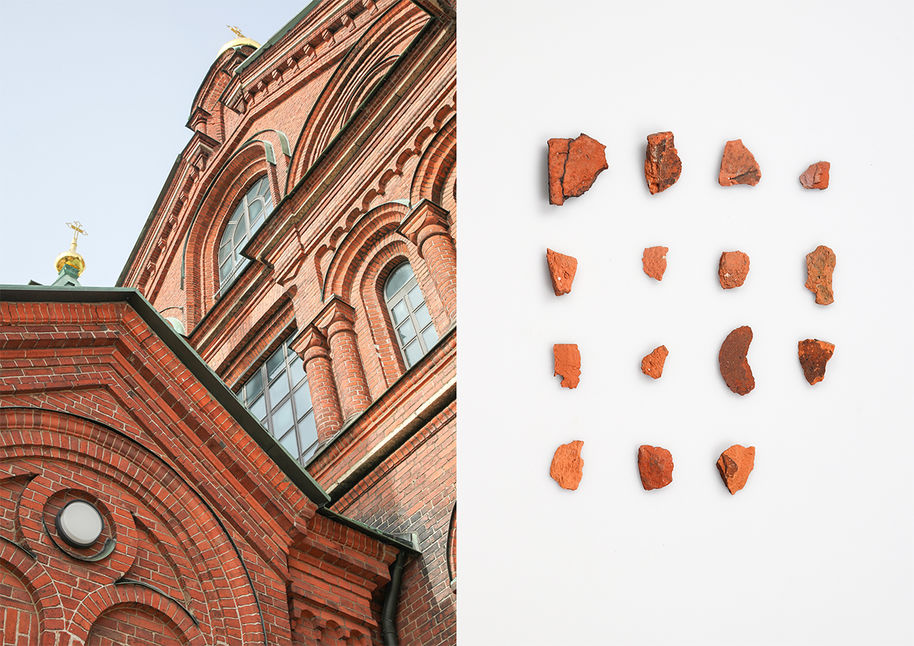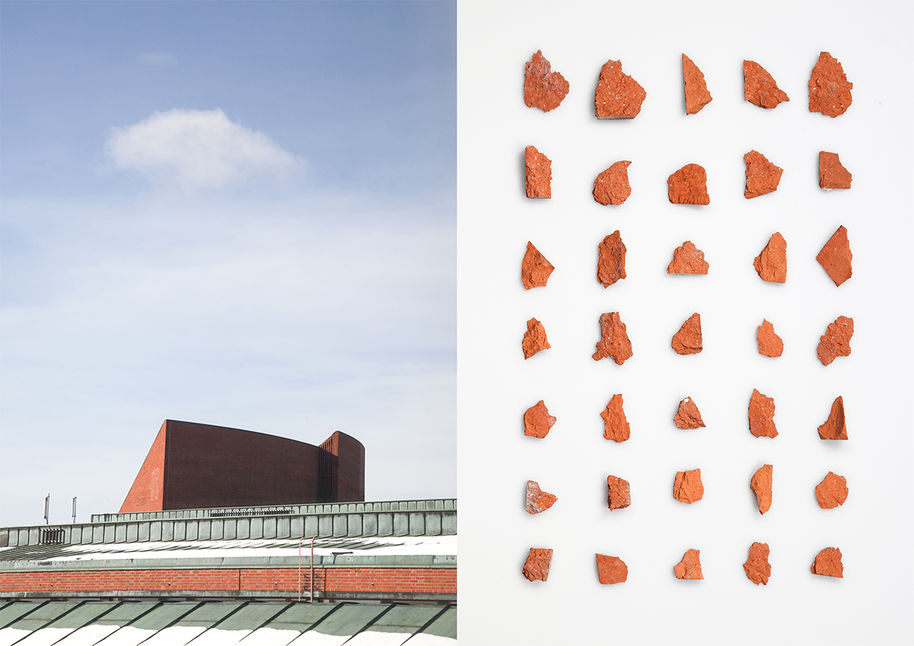Approaching the Earthenware Heritage: Accidental Archaeology of Brick Buildings and Their Fragments by Amedeo Martines
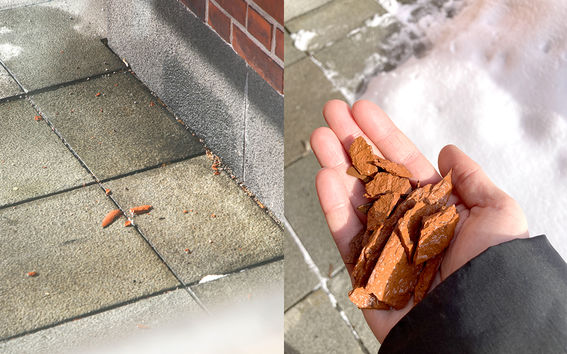
Abstract:
The thesis proposes a practical method to experience and acknowledge the Finnish earthenware heritage through a dynamic encounter of brick architecture in the municipalities of Helsinki and Espoo. The method follows a practice-led approach, where the direct experience of brick buildings and the materiality of collected fallen fragments accompany a solid learning process based on lived experiences, embodied knowledge, and reflections. The main advantage of this method resides in its capacity to generate new knowledge and develop an emotional bond with the artefact encountered.
The practice of encountering brick architecture enabled the author to overcome many initial problems and limitations that hindered the experience and recognition of the Finnish earthenware heritage, for example, the author’s different background and culture, among many others. Consequently, the action of reaching a place, mapping its surroundings, and directly engaging with brick buildings allowed the practitioner to acknowledge details, architectural features, and specific historical traits that in our everyday life would, instead, remain overlooked and unrecognised. In particular, fallen brick fragments found along the perimeter of the visited architectures provided a clear hint of the condition, history, and a tangible link to their past. The initial action of gathering fragments evolved through critical reflections into an accidental archaeology. Hence, anonymous and meaningless broken pieces became valuable bits of knowledge and material connection to the earthenware heritage.
Through this method, architecture is physically encountered rather than theoretically studied, awakening a series of sensory perceptions, such as haptic experiences, impossible to acquire through theoretical studies or pictures. The knowledge gathered becomes not a product of a historical narrative or the result of someone else’s voice but, on the contrary, deeply embedded and intertwined within the practitioner. This method highlighted the possibility of acknowledging the earthenware heritage from an intimate and experiential point of view, suggesting a concrete practice that can complement and expand theoretical knowledge.
